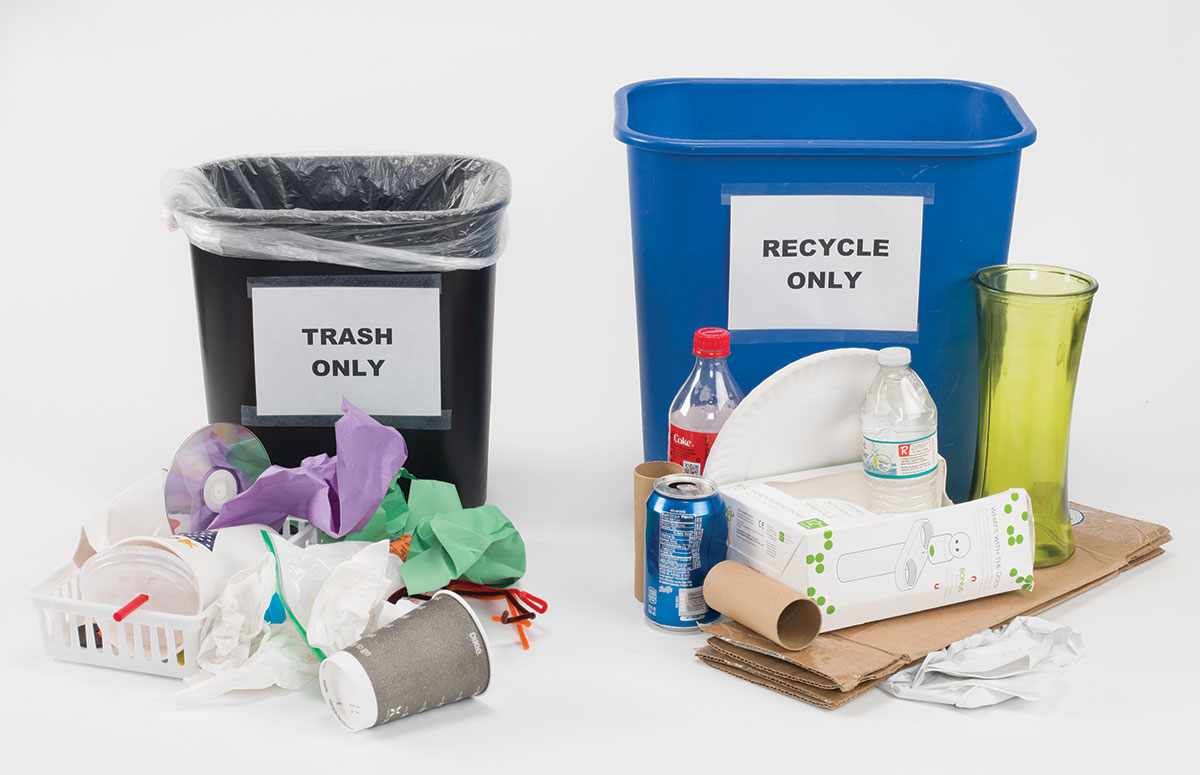
Menu
- Home
- What Is Recycling STEM Activity
what is recycling?


intro:
Recycling is on the mind of many people in the world who want to help preserve the environment and ensure the healthy future of our Earth. This activity is a simple beginning to the discussion of which materials can be recycled and which cannot.
set up ideas:
Get the children involved by having each child bring in a recyclable item, a non-recyclable item or both.
Recycling is on the mind of many people in the world who want to help preserve the environment and ensure the healthy future of our Earth. This activity is a simple beginning to the discussion of which materials can be recycled and which cannot.
set up ideas:
Get the children involved by having each child bring in a recyclable item, a non-recyclable item or both.
let's get started
"For this educational activity, if you don't already have a recycle bin then you'll need one. Be sure that it is marked differently from your regular trash container. Many recycling bins are blue.
You'll also need an assortment of recyclable and non-recyclable materials to discuss the differences between them."
You'll also need an assortment of recyclable and non-recyclable materials to discuss the differences between them."
step 1
Begin with a discussion about recycling and what it means to recycle and reuse materials.
Begin with a discussion about recycling and what it means to recycle and reuse materials.
step 2
Discuss what types of materials are recyclable. You may show some photographs of materials that are suitable for recycling.
Discuss what types of materials are recyclable. You may show some photographs of materials that are suitable for recycling.
step 3
Set up a recycling center in your room with small bins labeled for recycling or trash.
Set up a recycling center in your room with small bins labeled for recycling or trash.
step 4
Review some actual recyclable and non-recyclable materials and let the children help you determine whether they go in the recyclables bin or the trash bin.
Review some actual recyclable and non-recyclable materials and let the children help you determine whether they go in the recyclables bin or the trash bin.
The Earth is our one and only home, and it is important to conserve materials as well as reuse and recycle as much as possible. Doing so helps keep our oceans clean, the land beautiful and the air healthy to breathe. Every little act that helps in that regard is an important one.
Which materials are recyclable can very from area to area. If you have a local recycling program or facility, they will likely have literature or online guidelines explaining what can and cannot be recycled.
 Follow up Activity
Follow up ActivityHost a local recycling drive! This is especially valuable if your area does not already have a recycling program. It will help raise awareness, and the kids will love playing an important role.


